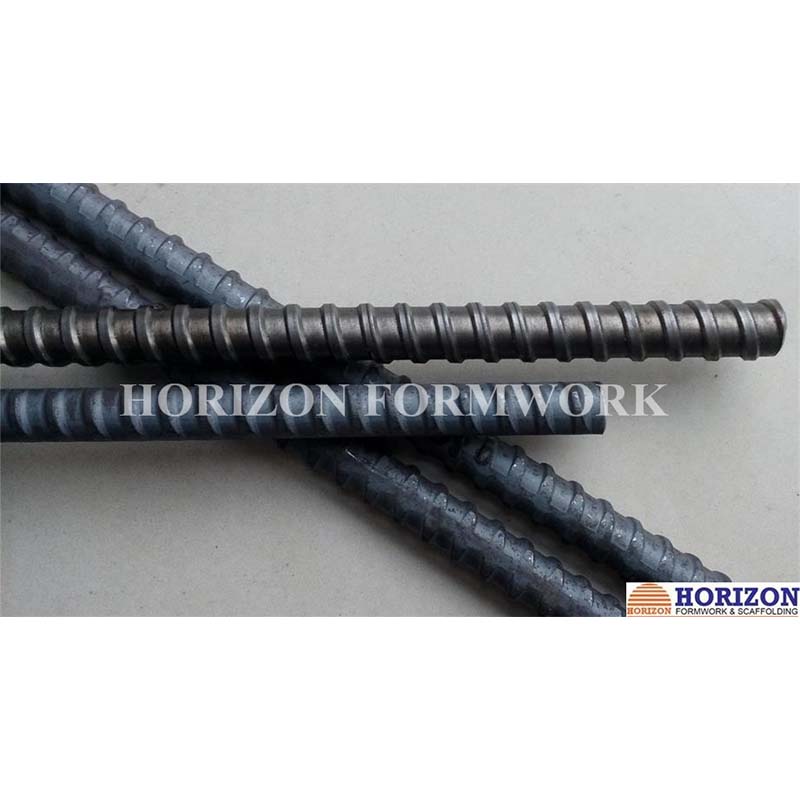Sep . 23, 2024 03:34 Back to list
falsework and shoring factories
Understanding Falsework and Shoring Key Elements in Construction
In the construction industry, the terms falsework and shoring refer to temporary structures that provide support during the building process. These crucial components ensure the stability and safety of a construction project, especially when work involves heavy materials and complex designs. As the demand for innovative architectural solutions continues to grow, so does the importance of understanding falsework and shoring systems.
What is Falsework?
Falsework is a temporary framework used to support a structure while it is being constructed. Typically utilized in large-scale projects, falsework provides the necessary stability for elements such as bridges, arches, and elevated slabs until the concrete or steel has set and can bear its own weight. The design of falsework is crucial as it must withstand not only the weight of the materials being used but also dynamic loads, environmental factors, and the stresses imposed during construction activities.
Traditionally, falsework was built using timber, but modern construction increasingly employs steel and aluminum due to their strength, durability, and ease of assembly. The design of falsework is often customized to suit specific project requirements, considering factors such as load capacity, height, and site conditions. Engineers typically conduct rigorous calculations to ensure the safety and effectiveness of the falsework system.
The Role of Shoring
falsework and shoring factories

Shoring, on the other hand, refers to the process of supporting a structure or excavated area to prevent collapse during construction or repair. This is particularly important when dealing with existing structures or deep excavations where the integrity of the surrounding materials may be compromised. Shoring systems can be temporary or permanent, depending on the project's needs.
There are several different types of shoring systems, including vertical shoring, horizontal shoring, and underpinning. Vertical shoring, often used in wall construction, involves the use of props or braces to support walls during the installation of new materials. Horizontal shoring is commonly employed in excavation sites to maintain the stability of the earth while workers are inside. Underpinning, on the other hand, is a method used to strengthen the foundation of an existing building, often involving the addition of new material beneath the existing structure.
The Importance of Safety and Compliance
Both falsework and shoring systems play a critical role in ensuring the safety of construction sites. Improperly designed or installed support structures can lead to catastrophic failures, resulting in injuries, property damage, and costly delays. Therefore, it is essential for construction teams to adhere to established safety regulations and standards when designing and implementing these systems.
Implementing advanced monitoring technologies can also enhance the safety and efficiency of falsework and shoring operations. Sensors can provide real-time data on load distribution, structural stability, and environmental conditions, allowing project managers to make informed decisions and address potential issues proactively.
In conclusion, falsework and shoring are integral components of modern construction practices, facilitating the safe and efficient execution of complex projects. As construction techniques continue to evolve, the importance of understanding and correctly implementing these temporary support systems will only grow. By prioritizing safety, compliance, and innovative design, the construction industry can ensure successful project delivery and contribute to the creation of safe, lasting structures.
-
Formwork Spring Clamp Factories: Quality & Bulk Supply
NewsAug.21,2025
-
Premium Ringlock Scaffolding | China Manufacturer & Supplier
NewsAug.19,2025
-
Efficient Table Formwork for Fast Slab Construction & Reusability
NewsAug.18,2025
-
Timber Beam H20 Formwork & Shuttering - Durable & Reliable
NewsAug.17,2025
-
Timber Beam H20: Premium Formwork & Shuttering Solutions
NewsAug.16,2025
-
Premium H20 Timber Beam for Formwork & Slab Shuttering
NewsAug.15,2025